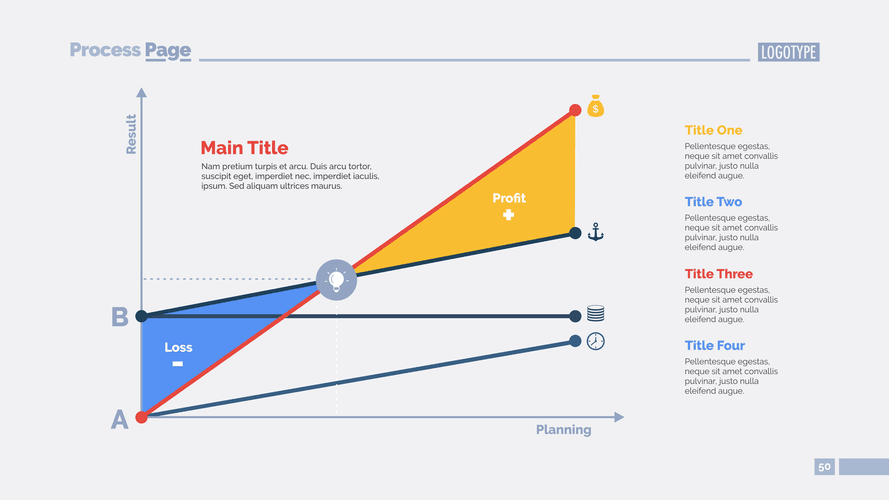- S-24A, Hargovind Enclave, Chhatarpur, New Delhi-110074, INDIA
- +91-9717340000
- info@Khusifoundation.com
Accounting For Construction In Progress Explained

In conclusion, for companies engaged in long-term contracts, mastering the percentage of completion method is essential for accurate revenue recognition and financial reporting. By understanding and applying this method effectively, companies can enhance their financial transparency and stakeholder confidence. CIP accounting is a critical aspect of financial management for construction and asset-intensive businesses. By understanding its principles, adopting best practices, and leveraging tools like Planyard, you can ensure accurate cost tracking, enhance transparency, and make informed financial decisions.
- By understanding how this accounting method works, businesses can ensure better financial reporting and resource allocation.
- In our example above, if you have the customer pay 50% in advance you are starting the job overbilled since no work has been done yet.
- In NetAsset, you can simply filter for this project, select the 15 transactions (vendor bill, journal entries, etc.), then capitalize the asset.
- CIP is used for fixed-asset construction projects, such as buildings or infrastructure, while WIP tracks costs for operational projects or production processes, such as manufacturing.
- For instance, when construction materials are purchased, the company would debit the CIP account and credit Cash or Accounts Payable.
- She has written content for online publication since 2007, with earlier works focusing more in education, craft/hobby, parenting, pets, and cooking.
Why is Construction in Progress Accounting Necessary?

Inaccurate or inconsistent revenue recognition can lead to misleading financial results, affecting stakeholders’ decisions, including investors, creditors, and regulatory authorities. Through detailed examples, we have illustrated how these steps work in practice. Since you do not revalue the accumulated depreciation, Oracle Assets transfers the entire amount to the revaluation reserve. Since you are amortizing the revaluation reserve, Oracle Assets calculates the revaluation amortization amount for each period using the asset’s depreciation method. Oracle Assets also bases the new depreciation expense on the revalued net book value. If you change the asset type from capitalized to CIP, Oracle Assets creates journal entries to debit the CIP cost account and credit the asset clearing account.

Prior Period Transfer Between Balancing Segments
Sometimes, however, cost estimates may increase so much that the total project becomes unprofitable. That is, the total revised project costs may exceed the total revenue on the project. This situation is referred cip journal entry to as an onerous contract, which results in a liability. In determining the unavoidable costs on the contract, the entity should consider the least costly option available, even if this means cancelling the contract and paying a penalty. After the asset is ready to use, the total cost will be depreciated over the useful life of fixed asset.
- Once a construction project is complete and the asset is ready for its intended use, the accumulated costs in the Construction in Progress (CIP) account are transferred to the appropriate fixed asset account.
- This entry moves the accumulated construction costs into the Building account, representing the new asset you now have.
- Below, we’ll show you an example of what the recording may look like for a company.
- When it comes to construction contracts, it’s important to understand that each asset is treated as a separate contract if specific conditions are fulfilled.
- Most of the time, company record the expense base on the actual cost and they use the cost estimate as the percentage of completion.
- Extensive documentation for scope changes is necessary to withstand audit scrutiny, especially when they involve significant write-offs or substantial cost increases.
Accounting for Construction-in-Progress Charges
- Similarly, as direct labor wages are paid or accrued for workers on the project, the CIP account is debited, and Cash or Wages Payable is credited.
- These partially finished goods represent inventory rather than fixed assets.
- When a contract includes a significant financing component, the entity must adjust the promised amount of consideration for the time value of money.
- It is the comparison between cost incurred and the total cost to complete the construction.
NetAsset was built by accountants who understand the reports that you need. That’s why it also provides depreciation waterfall reports to help with forecasting, reconciliation reports to help with month end, and financial/subledger reports to help with internal and external reporting. Roll forward is the process of updating the balances of a financial statement or report to reflect the changes that occurred during a subsequent period. Welcome to AccountingJournalEntries.com, your ultimate resource for mastering journal entries in accounting. Enhance your accounting skills and knowledge with our comprehensive resources tailored for professionals and students alike. Take the next step in streamlining your project cost management—start your free trial with Planyard today or schedule a demo to experience https://www.studiojoker.com/2023/11/23/a-breakdown-of-property-management-fees/ the difference in real-time financial control.
These practices not only enhance accuracy but also Cash Flow Management for Small Businesses improve overall financial management for ongoing and future projects. The following examples illustrate the effect on your assets and your accounts when you specify different revaluation rules. A unit adjustment is similar to a transfer, since you must update assignment information when you change the number of units for an asset. For example, you place the same $4,000 asset in service with two units assigned to cost center 100. In Year 2, Quarter 3, you realize the asset actually has four units, two of which belong to cost center 200. In Year 2, Quarter 2, you transfer the asset from cost center 100 to cost center 200 in the current period.


The company cannot record them as expenses as they are part of the assets. They cannot capitalize on the fixed assets as well, the construction is not yet finished, so the total cost is also not yet measure reliable. You need to operate a construction-in-progress accounting system when you are constructing assets that will not be completed for an extended period of time. Oracle Assets also creates journal entries to recover the depreciation not charged to the asset and for the current period depreciation expense. Oracle Assets creates separate journal entries for adjustments to depreciation expense and current period depreciation. You can review the effect of your adjustment transaction and your current period depreciation expense separately in the general ledger.